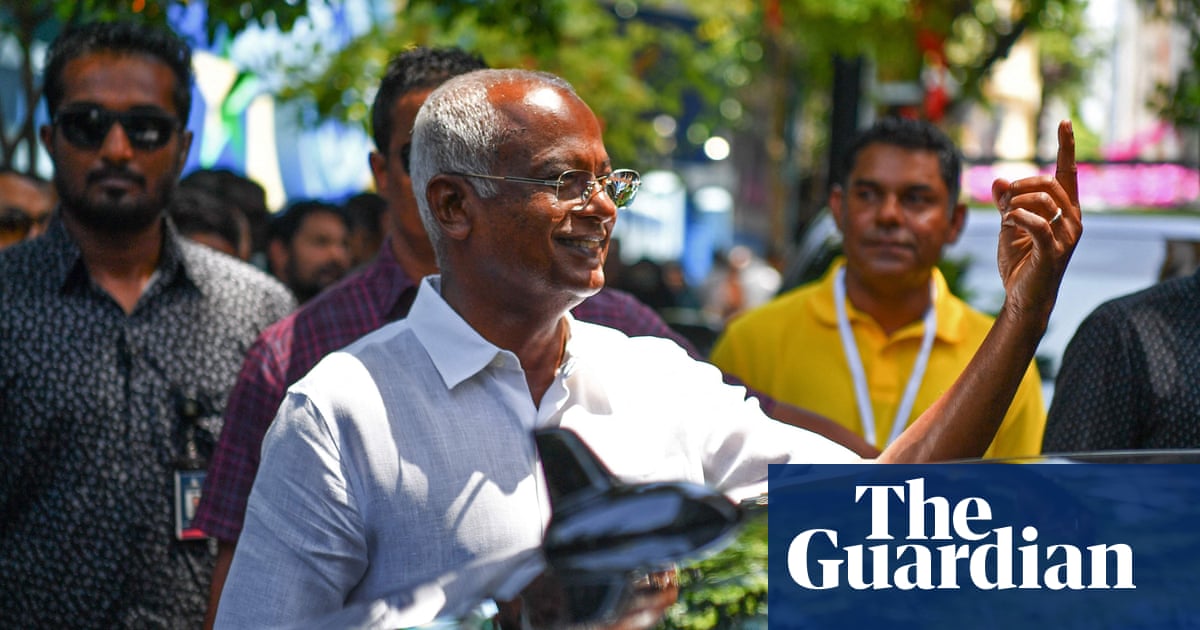
The Monday night escalation follows weeks of tension and the mobilization by both sides of thousands of extra troops at the border
The escalation on Monday came as a shock to many and added to the mounting political pressure on Prime Minister Narendra Modi
NEW DELHI: Twenty Indian soldiers lost their lives on Monday in an escalation of tension with China at the disputed border of the Himalyan region of Ladakh. It was the first border clash between the two neighbors in the last 45 years and experts say it is serious.
“The loss of lives on the Indian side includes an officer,” the Indian Army said in an official statement on Tuesday.
The Monday night escalation follows weeks of tension and the mobilization by both sides of thousands of extra troops at the border.
“During the de-escalation process underway in the Galwan Valley, a violent face-off took place (on Monday night) with casualties on both sides,” the statement added.
Each side blamed the other for the escalation.
“A violent face-off happened as a result of an attempt by the Chinese side to unilaterally change the status quo there,” the Indian Foreign Ministry said in a statement on Tuesday.
New Delhi called for “dialogue for the maintenance of peace and tranquillity in the border areas.”
On the other hand, Beijing blamed New Delhi for the escalation.
“On June 15, Indian troops seriously violated the consensus of the two sides, crossed the border illegally twice and carried out provocative attacks on Chinese personnel resulting in serious physical conflicts between the two border forces,” the Chinese Foreign Ministry said in a statement on Tuesday.
According to the Chinese state-run English daily Global Times, Beijing also suffered casualties in the clashes.
“Based on what I know, the Chinese side suffered casualties in the Galwan Valley clash. I want to tell the Indian side not to be arrogant and misread China’s restraint as weakness. China doesn’t want to have a clash with India, but we don’t fear it,” tweeted Global Times editor Hu Xijin.
“The situation is serious and there is no way to underplay it,” former Indian Army Lt. Gen. Deependra Singh Hooda told Arab News.
“We have not seen this kind of violence since 1975,” he said.
The problem began early last month when Indian troops blamed China’s military for hindering the usual patrolling at the line of actual control (LAC) along the Ladakh and Sikkim border.
Beijing blamed its southern neighbor for building road infrastructure at the Fingers region around the Pangong Tso Lake and Galwan Valley in eastern Ladakh.
The present standoff, which began with border skirmishes, is confined to those key areas — Pangong Tso, Galwan River, Demchok and Hot Springs — where India and China have had traditional differences on the perception of the LAC in the Ladakh region.
Both sides adopted a firm approach and, according to media reports, China deployed nearly 2,500 extra troops in the region, in addition to enhancing its weaponry and military infrastructure.
In order to de-escalate the situation both sides opened military and diplomatic channels and there were reports that both sides had begun pulling back their troops and easing the situation.
The escalation on Monday came as a shock to many and added to the mounting political pressure on Prime Minister Narendra Modi, who has been facing a series of domestic and foreign policy challenges in recent times.
On Sunday, New Delhi’s long-standing friend and neighbor Nepal passed a law redrawing its international border with India by including some of the disputed territories.
“What happened on the border is extremely unfortunate. I think time has come for the government to start taking opposition into confidence and building a national consensus on such issues,” a senior leader of the opposition Congress party, Manish Tewari, told the media.
Experts say that the latest situation at the border might complicate the situation and political engagement is the only way out.
“The latest incident complicates the situation. What we now see is the opposite of what we have been hearing for the last few days,” Hooda said.
Manoj Kewalramani of the Bangalore-based think-tank, The Takshashila Institution, said that this was a serious escalation of events. “It is extremely serious. For decision-makers on either side, this is a new dynamic, which breaches what had become an uneasy threshold of patrolling and incursions. What it tells us about the broader relationship is that we are likely to see volatility as both countries rise, and it will take significant political will to maintain stability,” Kewalramani told Arab News.








